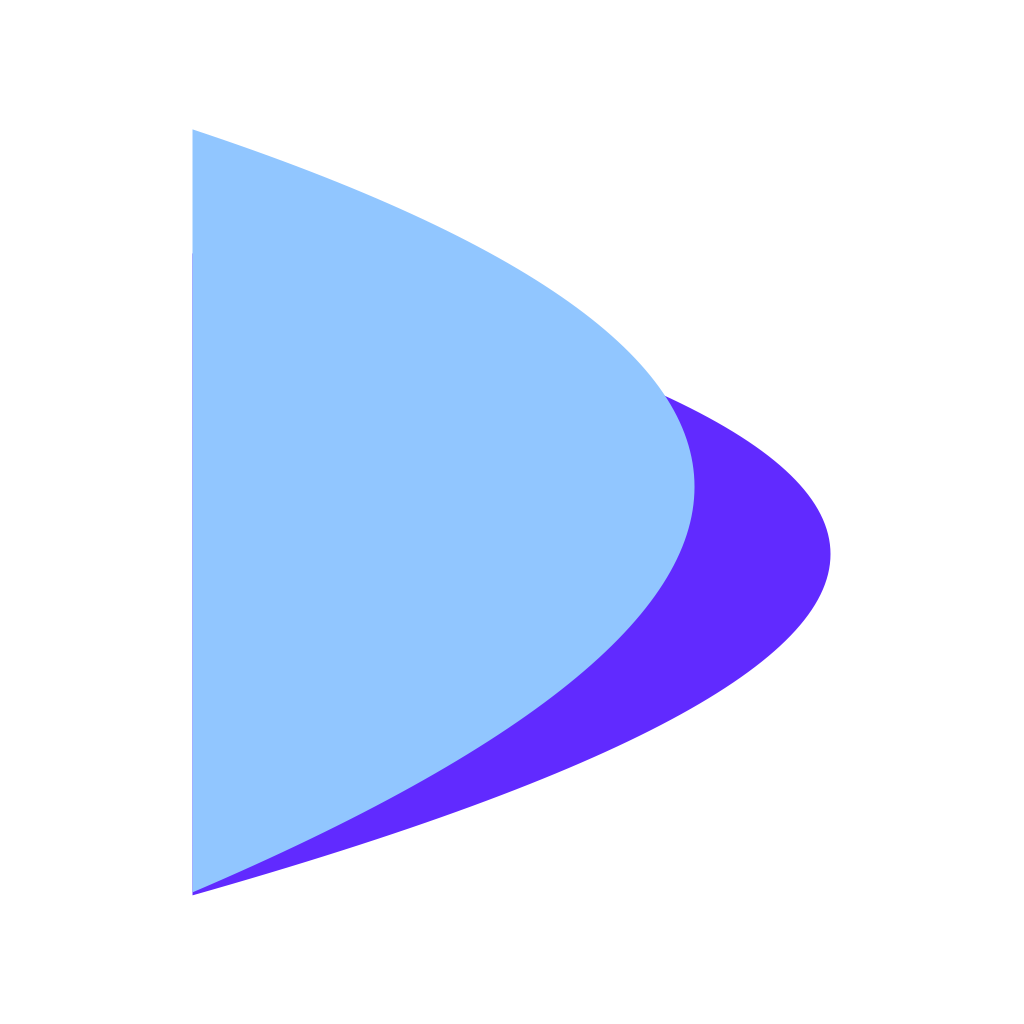RAGViz (Retrieval Augmented Generation Visualization) is a tool that visualizes both document and token-level attention on the retrieved context feeded to the LLM to ground answer generation.
- RAGViz provides an add/remove document functionality to compare the generated tokens when certain documents are not included in the context.
- Combining both functionalities allows for a diagnosis on the effectiveness and influence of certain retrieved documents or sections of text on the LLM's answer generation.
A basic demonstration of RAGViz is available here.
The following are the system configurations of our RAGViz demonstration:
- The Pile-CC English documents are used for retrieval
- Documents are partioned into 4 DiskANN indexes on separate nodes, each with ~20 million documents
- Documents are embedded into feature vectors using AnchorDR
- LLaMa2 generation/attention output done with vLLM and HuggingFace transformers library
- Frontend UI is adapted from Lepton search engine
You can modify the snippets used for context in RAG by adding a new file and class in backend/snippet, adding it to backend/ragviz.py and frontend/src/app/components/search.tsx. We currently offer the following snippets:
- Naive First:
- Represent a document with its first 128 tokens
- Sliding Window
- Compute inner product similarity between windows of 128 tokens and the query; use the most similar window to the query to represent a document
New datasets for retrieval can be added using a new file and class in backend/search, and modifying backend/ragviz.py accordingly.
We currently have implemented both a implementation the following datasets:
- Clueweb22B english documents
- Pile-CC dataset
Any model supported by HuggingFace transformers library can be used as the LLM backbone.
To apply vLLM for fast inference, the LLM backbone needs to be supported by vLLM. A list of vLLM supported model is available here.
You can set the model path of the model for RAG inside of backend/.env.example. We used meta-llama/Llama-2-7b-chat-hf for the demo.
